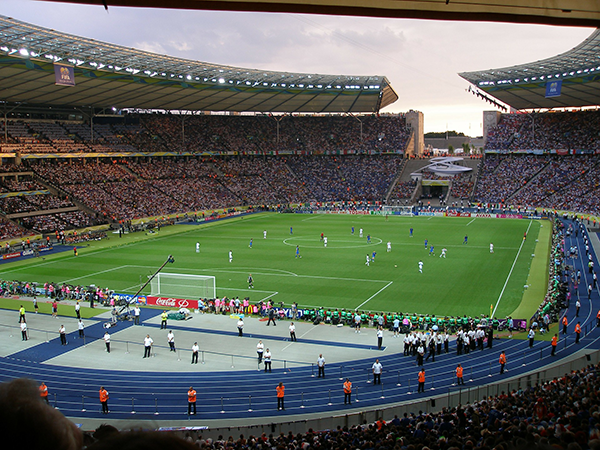Welcome to the first installment of Dr. Lou’s View. I’m Dr. Lou Marciani, and I’m the director and co-founder of the Innovation Institute for Fan Experience. In this section of our newsletter, I will be giving you my thoughts on a key issue facing the sports and entertainment industry. In today’s IIFXtra, we’re talking about how teams and organizations should go about increasing stadium capacity.
Our featured article breaks down data showing that over half of sports fans are now comfortable returning to in-person events, a pandemic-era high. However, not all fans feel the same way. Some are ready for a full return to normal, and some are more hesitant. Here, I’ll outline how teams and organizations can reach eager and apprehensive spectators alike.
In fact, I helped create the IIFX Return to Work, Play and Spectate guide to solve this very problem. This work offers expert advice to guide the return to full-capacity events. Our process, created with help from sports and entertainment industry leaders and medical and business experts, contains five key steps.

1. Review
Review current operations plans in the context of health, safety and security.
Guidance from local health authorities can dictate reopening. Check out the CDC’s Covid-19 data tracker, which gives national, state and county information.
2. Reassure
Reassure staff, fans, talent and the community that venue leadership, staff and vendors have implemented appropriate measures to protect the health, safety and security of all those who enter the stadium.
Even as more fans feel comfortable returning to in-person events, venues must still keep health and safety in mind to win back a broader segment of fans. For example, in Major League Baseball, the Philadelphia Phillies and Baltimore Orioles are both scaling up to full capacity. The Phillies are offering socially distanced seating pods, and the Orioles are offering free voluntary Covid tests to fans. These measures can help teams reach more risk-averse spectators while still offering a more normal atmosphere.

3. Ready
Ready your event operations plans for renewed business operations. This includes people, processes and technologies to provide and assure health, safety, security and service. Build relationships with public health authorities to gain their buy-in early in the planning process.
Address both the physical and mental health needs of staff, keeping in mind that health needs may not always be visible.
Meet the work-related needs of staff as well. Many venues have been operating at reduced capacity since March of 2020 – and even with no fans at certain points. Thus, venue staff can experience “skill atrophy.” Help staff adjust to working under Covid conditions and readjust to working events with large crowds.
4. Return
Then, return to full stadium capacity as soon as conditions permit. Local conditions and federal, state and local health directors will affect all reopening decisions.
Many teams are in this phase – or have already returned to full capacity.

5. Recover
Finally, recover from losses incurred during lockdown and reduced-capacity operations and grow beyond where you were in January 2020.
While many teams and organizations have reopened their venues, they have suffered financial losses and must now re-engage their patrons. They must remember that sports and entertainment events are now each a 360º journey that begins in the homes of talent, staff and fans.
Polling in the Return to Work, Play and Spectate guide on issues like food service can help sports and entertainment organizations create a “fan-centric” experience.
Additionally, Major and Minor League baseball clubs alike are rolling out new promotions, delayed Opening Day festivities, improved concessions and more to bring fans back to the ballpark.
There is no one-size-fits-all approach to welcoming fans back to venues. However, our guide helps address this important issue in much greater detail. It provides simple, easy-to-follow charts, questions and checklists to help venues safely and confidently welcome fans back – all based on this expert-backed philosophy.
I hope you enjoyed the debut edition of Dr. Lou’s View. Please feel free to share this article and our newsletter with others. If you have a suggestion for our next installment, email me at [email protected]. I’d love to hear from you, and I hope you’ll check out the rest of our newsletter and join me here again for the next edition of Dr. Lou’s View.
Thanks for reading,


